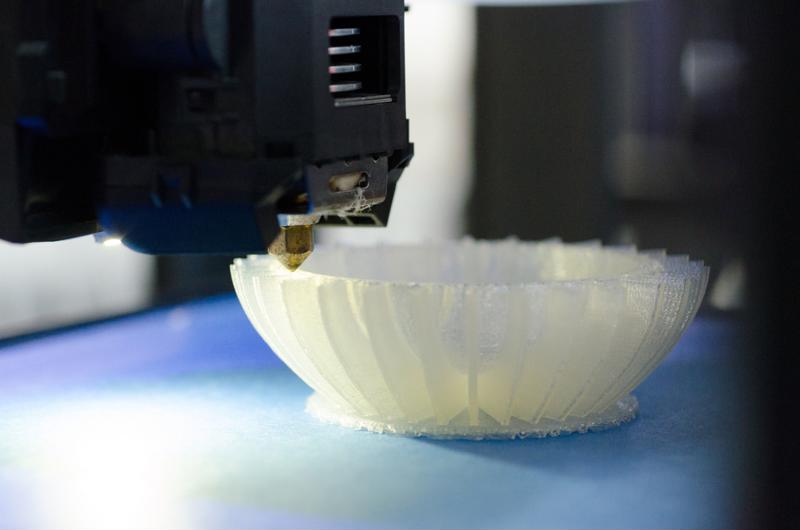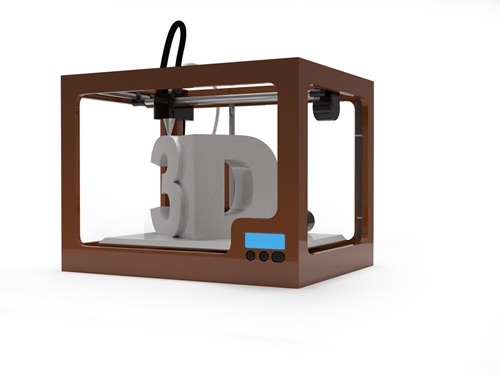One technology that seems on the verge of a breakthrough is additive manufacturing, also known as 3-D printing. While the technology has been in existence for nearly three decades, its move to the consumer mainstream in recent years is the source of a wellspring of growth in usage and applications. With many metals, polymers and now organic material being used as the ink of these machines, it's possible to create a large number of items locally at any given time. With this in mind, big data has a major role to play in the coming years in terms of accuracy and quality of the products that businesses and people can build, sometimes through performance analysis software.
Customization as the basis of manufacturing
One of the areas where data analytics can play a major role in the use of 3-D printing is data analytics. IBM cites an example in aluminum parts manufacturer Alcoa. Faced with distinct requirements, such as building engine parts that can withstand heat of more than 2,000 degrees Fahrenheit, the company was hesitant to initially take on 3-D printing as a manufacturing method. However, as it worked on its CAD software with IBM analytics, it developed a system that could create an ideal computer-assisted design model for whatever parts it needed. By computerizing the modeling process, time for sculpturing the product declined from 30 to as low as two weeks and allowed for custom designs.

Customization goes further within CAD software itself to improve 3-D print works. Autodesk uses data algorithms for various physics mechanisms, such as applying weight to a chair, in order to properly simulate real-world effects on a to-be-printed 3-D model. This can greatly impact design and help make certain products more plausible.
Creating better quality through data
Analytics plays a larger role than customization in manufacturing as well. Testing products before release can be tricky, if only because the products cannot face a thorough assessment in the real world. Even if a part goes through some very specific trials, it's hard to determine if it will fail. Big data blog Data Informed points out that one solution comes from using a wide array of sensors that record every possible detail that a business can measure on specific product or part, from structural integrity to alignment. A manufacturer can run an extremely high number of tests and compile this information over time using performance analysis software to find specific faults or errors more quickly. The end result is better quality assurance, which ensures a better product upon release.






